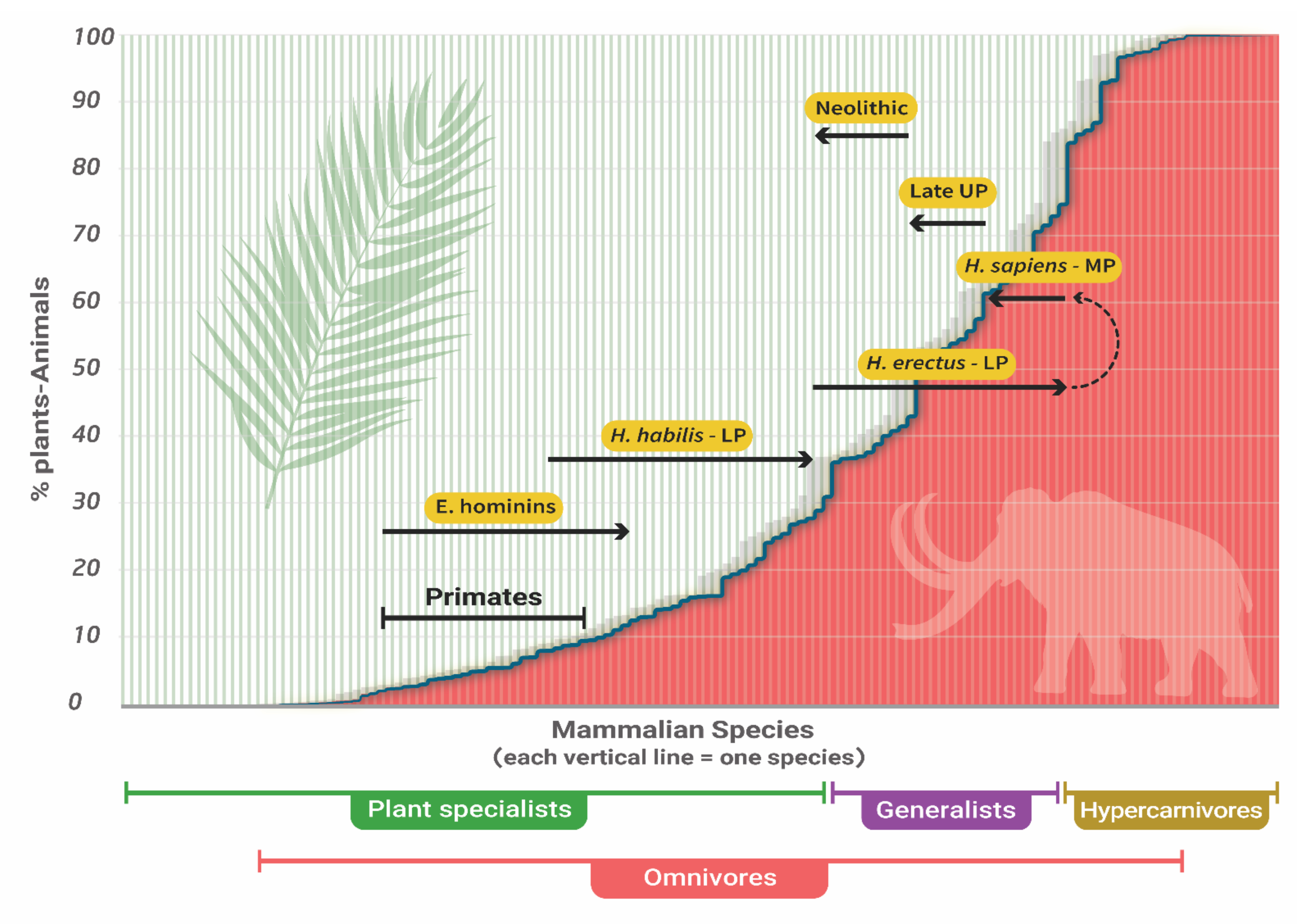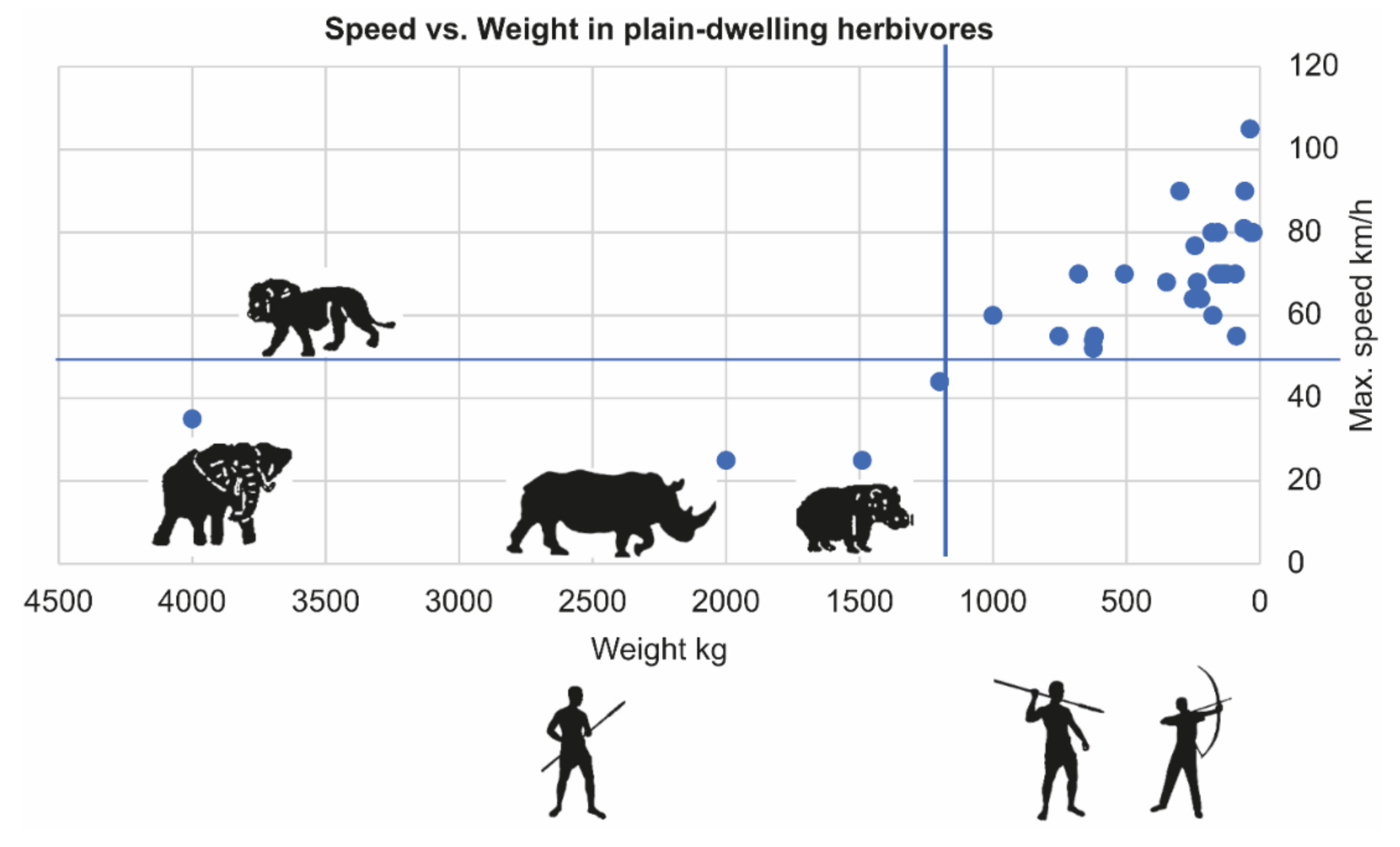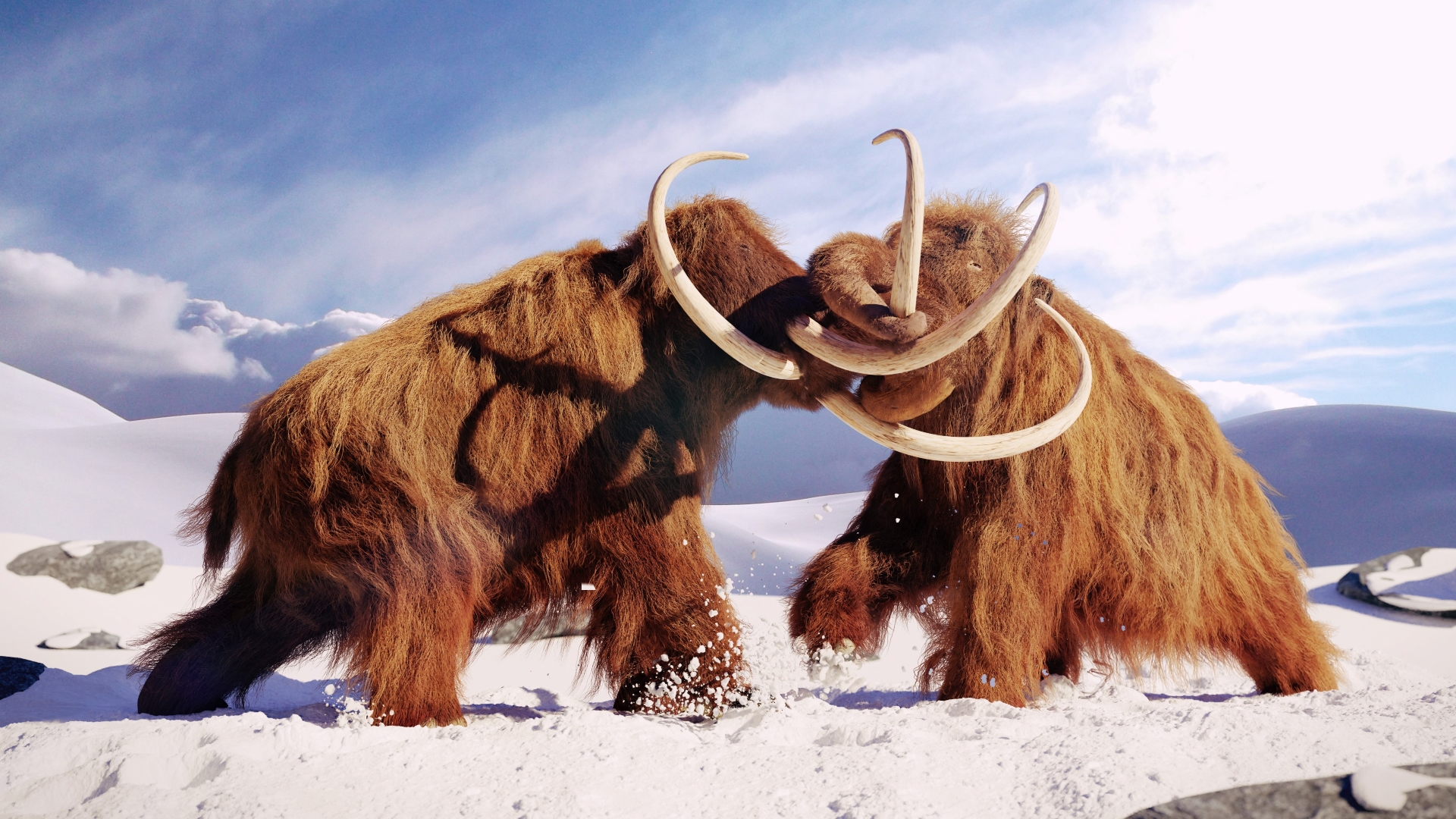By the Close of the Pleistocene the Human Population Numbered
Additional parameters are based on published values. The archaeological record suggests that farming began in southeastern Turkey by 10500 yBP.

Quaternary Free Full Text Prey Size Decline As A Unifying Ecological Selecting Agent In Pleistocene Human Evolution Html
Since then more.

. The end of the Pleistocene 1. In paleoanthropology this is generally restricted to lesions of the bones and teeth. T1 - Late Pleistocene human population bottlenecks volcanic winter and differentiation of modern humans.
A computer simulation of North American end-Pleistocene human and large herbivore population dynamics correctly predicts the extinction or survival of 32 out of 41 prey species. 1 single dispersal ie a. However paleopathology can also inform about past human behavior in healthy individuals ref.
Slow human population growth rates random hunting and low maximum hunting effort are assumed. From this Late Pleistocene population modern humans spread throughout the world and then invented agriculture so that by the year 1 AD. The extent to which past climate change has dictated the pattern and timing of the out-of-Africa expansion by anatomically modern humans is currently unclear Stewart JR Stringer CB 2012 Science 33513171321.
Indigenous populations and ancient human re-mains has built on this framework to provide a. The human population had reached 14 billion. A wide range of estimates was obtained fig.
This hypothesis is in contrast to the common idea that humans represent a revolutionary breakthrough rather than a conventional adaptation to a particular ecological niche. Middle-Late Pleistocene Fossils Adaptive Scenarios and Alternatives by Osbjorn M. Two categories of models are proposed for the dispersal of non-Africans.
2019 insect pathogens Tsui et al. During the 1950s annual growth rates climbed from 17 to 19 and then peaked in 1962 and 1963 at a rate of 2 per year. A number of authors have advanced the argument that the onset Pleistocene climate fluctuation is responsible for the evolution of human anatomy and cognition.
Based on genetic evidence at some point in the Late Pleistocene the ancestral population of humans dropped to a low of 20000 individuals. The Youngest Toba eruption was a supervolcanic eruption that occurred around 75000 years ago at the site of present-day Lake Toba in Sumatra IndonesiaIt is one of the Earths largest known explosive eruptionsThe Toba catastrophe theory holds that this event caused a global volcanic winter of six to ten years and possibly a 1000-year-long cooling episode. Towards the end of the Pleistocene the observed pattern of human occupation linked to wetter periods changes with sites from Saudi Arabia 31 and Oman 32 known to fall into the Pleistocene to.
By the close of the Pleistocene the human population numbered several million One of the most important adaptive transitions in hominin evolution is the shift from foraging to farming. In particular the incompleteness of the fossil record makes it difficult to quantify the effect of climate. As a result comparisons are.
200000 years is a widely accepted median estimate. Many researchers used mtDNA diversity to estimate the time to the most recent common ancestor or coalescence time of human mtDNA. This estimate allows an estimate of inbreeding Neof about 8800 individuals table 1.
Dozens of large mammals such as mammoth and mastodon disappeared in North America at the end of the Pleistocene with climate change and overkill by human hunters the most widely-argued causes. This paper is dedicated to the late Paul Handler who stimulated my interest in volcanic eruptions and climate change. Since the Late Pleistocene Humans Were Already Radically Transforming the Earth.
N1 - Funding Information. By the end of that time span Neanderthals and modern humans clearly differed physically and perhaps behaviorally. End-Pleistocene Megafaunal Mass Extinction John Alroy A computer simulation of North American end-Pleistocene human and large herbivore population dynamics correctly predicts the extinction or survival of 32 out of 41 prey species.
These findings show that the Late Pleistocene Beringian population was not homogeneous and even suggestsgenetic structurebetween groups. Few population level genetic analyses are available for non-model fungal species with most of the literature focusing on species of public interest such as phytopathogens Bennett et al. Modern human genetic diversity has previously been explained as resulting from a relatively recent demographic expansion from a small population 7 8 that probably exhibited geographic structure 9 10It is worth noting that some genetic loci do not match the expectations of this bottleneck scenario 9 1115At any rate its timingsometime between.
The analysis incorporating this second population proxy is confined to the region of southern Africa that has a long and intensive research history relatively large numbers of Pleistocene radiometric ages n 647 and a far more reliable geographic coverage than other regions of Africa 1951. The Weak Garden of Eden model for the origin and dispersal of modern humans Harpending et al 1993 posits that modern. Pearson Hominins from Europe and Africa shed light on functional adaptations and other aspects of lifeways during the Middle Paleolithic.
How modern humans dispersed into Eurasia and Australasia including the number of separate expansions and their timings is highly debated 1 2. 2019 and mycorrhiza Savary et al. Slow human population growth rates random hunting and low maximum hunting effort are assumed.
2019 human pathogens Cogliati et al. If Toba caused the bottlenecks then modern human races may have differentiated abruptly only 70 thousand years ago and high genetic diversity in modern Africans may reflect a less severe bottleneck rather than earlier population growth. Climatic and geological evidence suggest an alternative hypothesis for Late Pleistocene population bottlenecks and releases.
Paleopathology is the study of past diseases. The last glacial period was preceded by one thousand years of the coldest temperatures of the Later Pleistocene approximately 71-70 ka apparently caused by the eruption of Toba Sumatra. AU - Ambrose Stanley H.
Then the growth of human numbers accelerated hitting 2 billion around 1930 and 3 billion around 1960. Here we take a different approach to this problem. 1 and references therein being cautious with the interpretation of health status of individuals and population based on any.
Since then the rate has slowed to 13 per year. A computer simulation of North American end-Pleistocene human and large herbivore population dynamics correctly predicts the extinction or survival of 32 out of 41 prey species. A new study suggests that trying to return habitats to a non human-impacted environment might not be realistic.

Pleistocene Epoch Humans Welcome To Earth Ancient Origins Epoch Earth

Pleistocene Epoch The Last Ice Age Live Science

Quaternary Free Full Text Prey Size Decline As A Unifying Ecological Selecting Agent In Pleistocene Human Evolution Html
No comments for "By the Close of the Pleistocene the Human Population Numbered"
Post a Comment